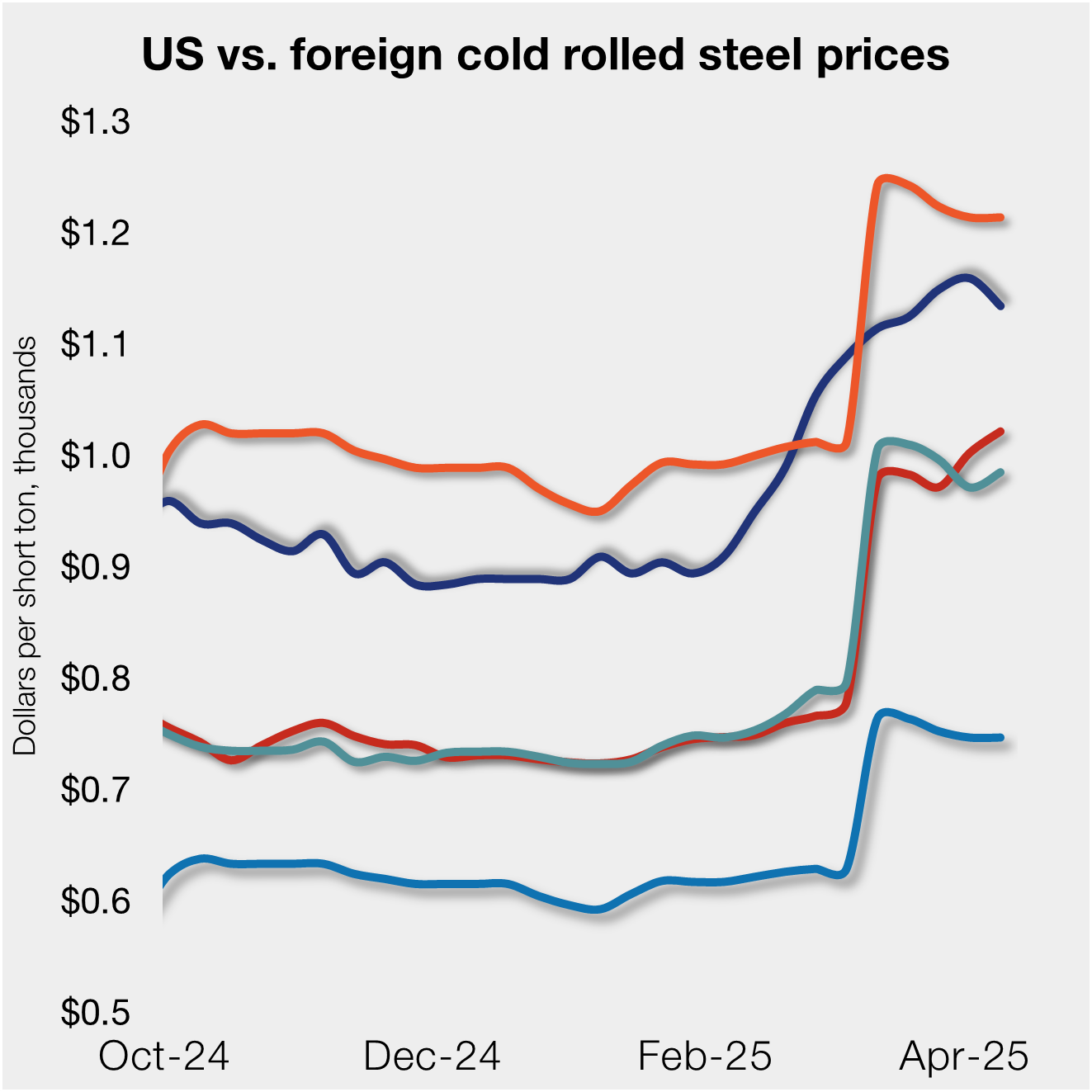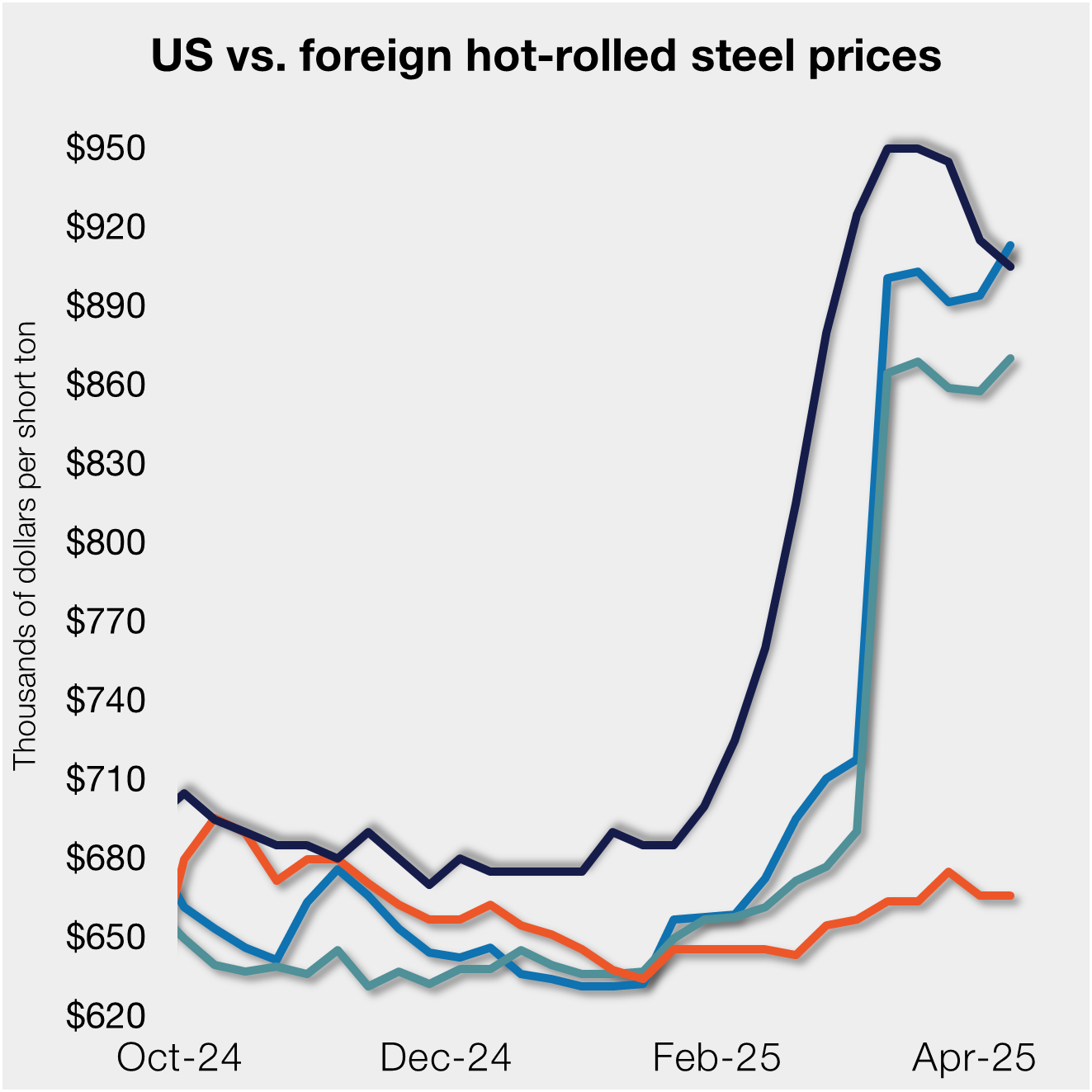Steel Products

AGC: Construction Employment Increases in 73% of Metro Areas
Written by Sandy Williams
June 26, 2018
Construction employment increased in 263 (73 percent) out of 358 metro areas between May 2017 and May 2018, declined in 47 (13 percent) and was unchanged in 48, according to a new analysis of federal employment data released today by the Associated General Contractors of America.
Construction employment in 63 areas was at a record high for May, in a history dating back to 1990 in most locations, said AGC. Nationally, the unemployment rate for jobseekers with prior construction experience was at the lowest May level since that series began in 2000, noted AGC Chief Economist Ken Simonson.
“The growth of industry employment in so many locations is good news, but it also highlights the challenge contractors face in finding qualified workers,” said Simonson. “As more cities hit new highs in construction employment and new lows in unemployment, the risk is growing that some projects will be delayed for lack of workers.”
As the supply of qualified workers dwindles, the need to increase federal career and technical education program grows. Association officials urged Congress to pass the new version of the Perkins Act to reform and increase funding for such programs. They noted that the Senate Health, Education, Labor & Pensions Committee is marking up the legislation today with strong support from both Republicans and Democrats.
The Dallas-Plano-Irving, Texas, metro area added the most construction jobs during the past year (14,200 jobs, 10 percent), followed by Phoenix-Mesa-Scottsdale, Ariz. (11,500 jobs, 10 percent); Houston-The Woodlands-Sugar Land, Texas (11,400 jobs, 5 percent); Atlanta-Sandy Springs-Roswell, Ga. (9,200 jobs, 8 percent) and New York City, N.Y. (8,000 jobs, 5 percent). The largest percentage gains—29 percent each—occurred in Merced, Calif. (700 jobs) and Midland, Texas (7,800 jobs). There were also large percentage increases in construction employment in Atlantic City-Hammonton, N.J. (20 percent, 1,100 jobs); New Bedford, Mass. (19 percent, 500 jobs) and Weirton-Steubenville, W.Va.-Ohio (19 percent, 300 jobs).
The largest job losses from May 2017 to May 2018 were in Newark, N.J.-Pa. (-3,900 jobs, -8 percent), followed by Middlesex-Monmouth-Ocean, N.J. (-3,300 jobs, -8 percent); Columbia, S.C. (-2,300 jobs, -11 percent); Camden, N.J. (-2,100 jobs, -9 percent) and Nashville-Davidson-Murfreesboro-Franklin, Tenn. (-1,900 jobs, -4 percent). The largest percentage decreases for the year were in Bloomington, Ill. (-14 percent, -500 jobs), followed by Columbia, S.C., Hanford-Corcoran, Calif. (-10 percent, -100 jobs); Pocatello, Idaho (-10 percent, -200 jobs); and Camden, N.J.

Sandy Williams
Read more from Sandy WilliamsLatest in Steel Products

SMU flat-rolled market survey results now available
SMU’s latest steel buyers market survey results are now available on our website to all premium members. After logging in at steelmarketupdate.com, visit the pricing and analysis tab and look under the “survey results” section for “latest survey results.” Past survey results are also available under that selection. If you need help accessing the survey results, or if […]

CRU tariff webinar replay now available
CRU’s latest webinar replay on how Trump’s tariffs affect the global steel market is now available on our website to all members. After logging in at steelmarketupdate.com, visit the community tab and look under the “previous webinars” section of the dropdown menu. You’ll find not only this special CRU webinar but also all past Community […]

US, offshore CRC prices diverge
US cold-rolled (CR) coil prices declined this week, slipping for the first time since early February. Most offshore markets deviated, moving higher this week.

Construction growth slowed in March on tariff woes: Dodge
The decline comes after reaching a record high in January to kickstart the year.

Return of S232 zapped gap between US and EU HR prices, Asian HR remains cheaper
Domestic hot-rolled (HR) coil prices declined this week for a third straight week. Most offshore markets bucked the trend and gained ground. Uncertainty in the US market around tariffs, especially after “Liberation Day,” caused US prices to slip as buyers moved to the sidelines. It’s unclear to date whether the 90-day pause on the more […]
